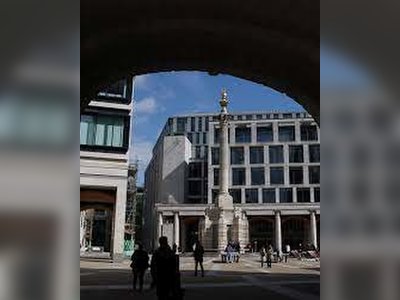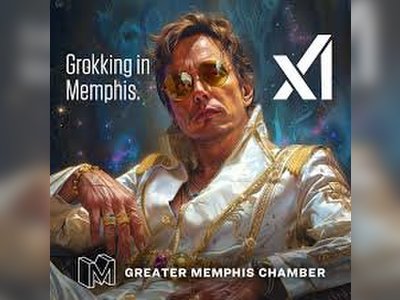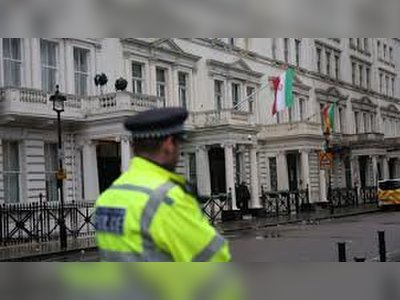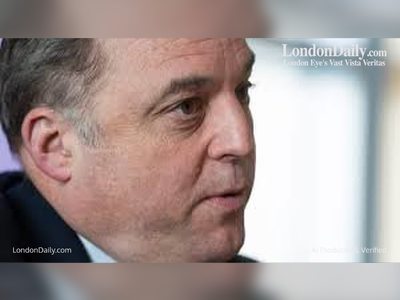12 Artists of the Caribbean and Its Diaspora Who Are Shaping Contemporary Art
Over the past 15 years, numerous exhibitions have contributed distinct readings of the work of artists of the Caribbean. Highlights include “Infinite Islands” at the Brooklyn Museum in New York (2007–08); “Caribbean: Crossroads of the World” at the Museo del Barrio in New York (2012); and “Relational Undercurrents: Contemporary Art from the Caribbean Archipelago” at the Museum of Latin American Art in Long Beach, California (2018). In turn, discussions have grown around Caribbean artists and the relationship between the continent and the islands; the configurations of race and the rights to representation; the use of disposable materials; the persistence of colonialism; the recovery of ancestral knowledge and spiritualities; and the connection to the environment.
Most recently, a new exhibition at the Pérez Art Museum in Miami, “The Other Side of Now: Foresight in Contemporary Caribbean Art,” curated by María Elena Ortiz and Marsha Pearce, is showcasing the work of emerging artists from the Caribbean. On the occasion, we share below a selection of influential artists from the region at large. This list is by no means exhaustive, but rather, representative of a variety of artistic processes. It features both emerging and established artists, hailing from the islands, the continent, and the diaspora. They explore subjects as diverse as oil extraction, rural soundscapes, and the queering of history and the body.
Overall, Caribbean artists are gaining traction for their innovative, research-based, and culturally hybrid approaches. More broadly, the unearthing of new histories and denouncing of current power structures is contributing to amend the fraught effects of such artists’ underrepresentation.
Over the course of her nearly four-decade artistic career, María Magdalena Campos-Pons has earned indisputable admiration for her work that seeks to empower marginalized peoples and women, and debate postcolonial issues, particularly relating to race and inequality.
Her distinctive hybrid style is a byproduct of her African, Chinese, and Hispanic cultural influences. Spanning performance, video, photography, installation, and painting, many of her pieces speak to diasporic experience as well as the reappraisal of non-Western ancestral knowledge and cultural practices.
At Documenta 14 in Kassel and Athens in 2017, she presented Matanzas Sound Map, a mixed media installation exploring the sonic landscape of Matanzas, Cuba, in collaboration with sound artist Neil Leonard. And in 2018, she appeared in the group exhibition “Relational Undercurrents: Contemporary Art of the Caribbean Archipelago” with Esa Palabra MAR and This Word WAITING (2018)—a polaroid diptych featuring the artist’s hair flowing against a blue background and transforming in calligraphic gestures.
Her work is held in major institutional collections—such as the Whitney Museum of American Art, the Art Institute of Chicago, the Victoria and Albert Museum—and she has been the recipient of numerous awards and honors such as the 2019 position of artist-curator at the Havana Biennial and the 2016 Robert Rauschenberg Foundation Fellowship, among many others.
Caribbean, specifically within the context of post-independence Trinidad and Tobago. He places a particular emphasis on the fictionality and flaws of canonical art historical narratives as well as the stereotypes surrounding popularized notions of his home region: paradisiacal, savage, or backward looking, for instance.
Together with architect Sean Leonard and writer Nicholas Laughlin, Cozier has also co-directed the experimental artistic space Alice Yard since 2006. The space is a hub for conversations between artists, curators, and researchers on topics related to Caribbean art.
Cozier’s prints, drawings, and installations have gained international recognition through exhibitions such as “Infinite Island: Contemporary Caribbean Art” at the Brooklyn Museum; “Relational Undercurrents: Contemporary Art of the Caribbean Archipelago”; and recently, the Sharjah Biennial 14 in the United Arab Emirates (2019). He was granted the Prince Claus Award for his contributions to the cultural field in 2013.
One of Cozier’s latest projects, Home/Portal (2017–ongoing) is made in collaboration with fellow artists Intelligent Mischief and the Design Studio for Social Intervention (ds4si). For this piece, the artists create a series of public interventions that question their sense of location and direction by placing a small red staircase in various spaces in Bogotá, Kingston, and Boston.
Aside from his popularized “Tropical Night” series (2005–2015)—400 watercolors depicting a plethora of dystopian worlds playing, among many other tropes, with stereotypes of Caribbeanness—Cozier has created other powerful projects deserving equal attention. For example, Gas Men / Globe (2014) and Development Blocks (2018) investigate the influence of capitalist extraction of oil reserves as it relates to notions of progress, politics, space, and body movement.













